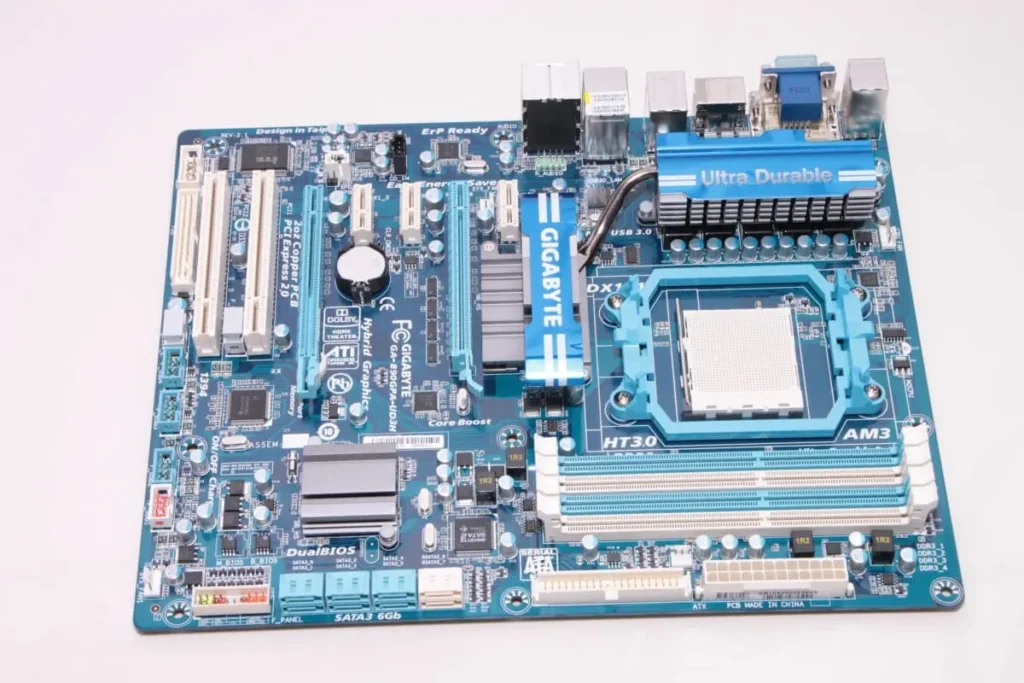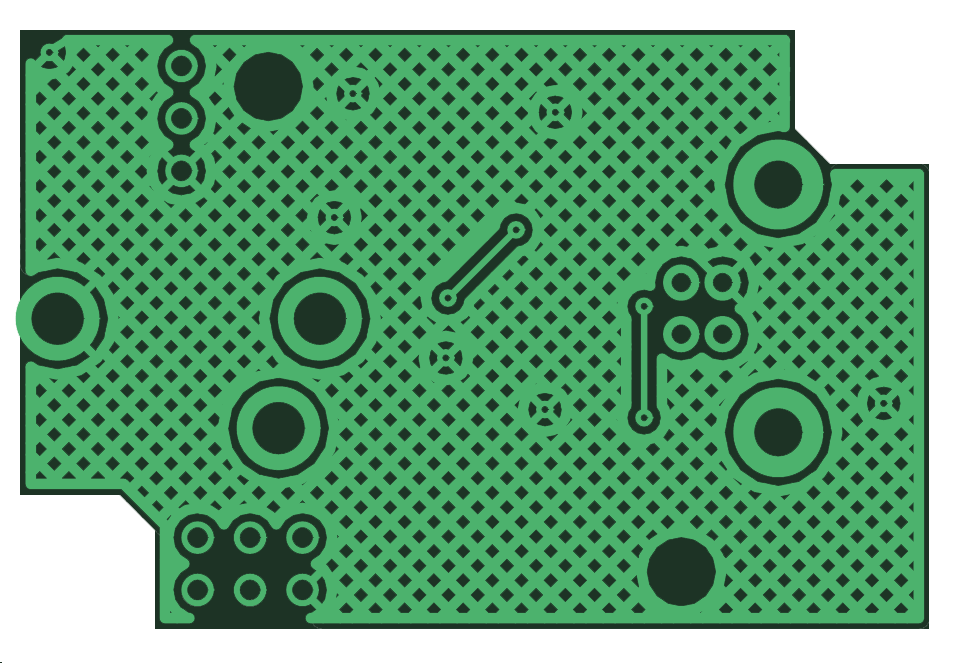Every device we use whether it is a computer, mobile phone, television or any other appliance contains at least one motherboard. But how are motherboards made to stand all these high voltage electric energies and even know which part to control?
The motherboard is usually the main part of every device. Of course, other components like batteries, screens, etc are things the motherboard can not do without. But all these components are always connected to the motherboard. This alone makes the motherboard the most important component of the gadgets we use today.
What is a motherboard?
The motherboard or PCB (Printed Circuit Board) as most people refer to it is the main board in almost every device to which all the components of the device are connected.
The motherboard has tracks with copper linens on and under it that connect all the components. It also comes with tiny holes drilled into it to allow vertical components including chips and capacitors to get strong grounding when soldered.
Motherboards house and connects all the other components of the device. Take a quick look at an example of a motherboard in the image below.

Most people attribute motherboards to only computers. You must know that almost every gadget that operates on electricity has a motherboard. It is not only the computer that has a motherboard.
What you are seeing in the image above is a computer motherboard. So how are motherboards made?
How motherboards are made
The motherboards start from somewhere and go through a process before they become the motherboards we see today.
The materials used in making motherboards include
- Fibreglass
- Epoxy resin
- Copper
The entire process has been broken down into headings below.
Plain board manufacturing
The entire process starts with strengthening the fibreglass material with epoxy resin by heating it. Once this is done, the end product becomes a thin but rigid board.
The plain board is sandwiched with thin layers of copper sheets and heated again to make it bond properly. Depending on which type of motherboard is needed, extra layers will be added.
What you will have at the end of this process is multiple layers of fibreglass and copper sheets. But the copper sheets become the last layer on either side. The whole board will be sandwiched into thin copper sheets.
Etching and drilling
The etching process removes all the unwanted copper remains from the board. It is done by laminating the copper sheets with the needed track markup on a special film.
The board is then passed through a process where a chemical removes all the excess copper from the board, leaving only where there are tracks. After this process, the board will look like the one in the image below. No holes, just prints.

After the etching is done, the board goes into the drill where all the needed holes are drilled according to specification.
Surface Mount Technology (SMT)
Surface Mount Technology (SMT) also known as planar mounting is a process where the components are mounted on the surface of the PCB. This method can be used to install components or a different technology also known as the through-hole technology can also be used.
With SMT, all the components including the processor unit will be mounted on the surface without the need for any holes through the PCB. Most computer motherboards are made with this form of technology.
The through-hole technology demands that a hole be punched through the PCB where the components’ lead end will be passed through the hole. Both technologies can be used on the same board.
After the smaller components are installed, the PCB goes through another process where larger components get installed.
Inspection, testing and packing
The PCB goes through a manual inspection to confirm all the components are correctly installed. If all the quality standards are met, the PCB will be fixed into a casing and then tested.
All components will go under testing to ensure everything is working fine. After testing, all the necessary software requirements will also be met then the PCB will now be turned into a full-functioning computer and be made ready for distribution.
Conclusion
The motherboard-making process might seem a little easy when you read about the whole process. But on the inside, it is a very difficult, time-consuming and expensive process to complete.
The majority of the process these days is undertaken by robots but human inspection is always crucial at the end of every build.
